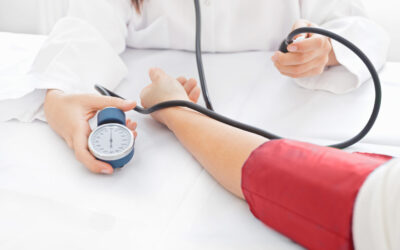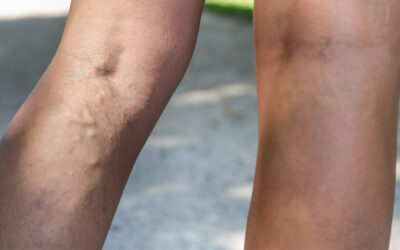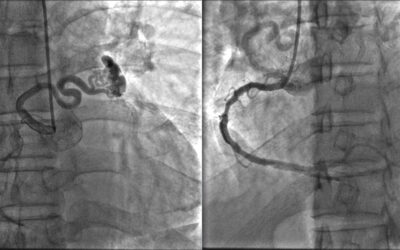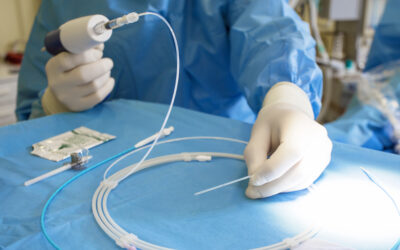Treatment for PAD
With the often painful symptoms of PAD, even walking can be difficult, not to mention living the active life you love.
At McKenzie-Willamette Medical Center, the vascular health experts can help you start feeling like you again. We offer a full range of treatment options to relieve your specific symptoms, plus the education and support you need to manage your condition with confidence.
Reclaim Your Health and Life with Personalized Care
Every person’s PAD is a little different, with symptoms that usually include cramping or pain in your legs (claudication). The condition is often caused when fatty deposits build up on your artery walls (atherosclerosis), reducing blood flow to your limbs while increasing your risk for heart attack and stroke.
One of the board-certified vascular specialists will work with you to create a plan based on your unique needs. Treatment options may include one or a combination of:
- Lifestyle Changes
- Even small adjustments, like eating a healthy diet, can provide significant relief for PAD. Regular walking and exercise are key, even though it may be difficult to move with your symptoms. Your doctor may prescribe a supervised training program to help increase the distance you can walk without pain.
- If you smoke, quitting is the single most important thing you can do to reduce your risk of complications.
- Medications
- In some cases, your doctor may recommend certain medicine to help reduce your risk of heart attack or stroke, prevent blood clots, increase blood flow to your legs and feet and lower your cholesterol and blood pressure. If you also have diabetes, it is even more important to control your blood sugar (glucose) levels. Medication may also be prescribed to help you walk and exercise longer before pain develops.
- Surgery
- Usually, lifestyle changes and/or medication are effective treatments. But if you have severe PAD, surgery may be necessary to help restore healthy blood flow. Common interventional options include angioplasty, in which a thin hollow tube (catheter) with a small balloon on the tip is used to reopen the blocked artery. Your doctor may also perform peripheral artery bypass surgery to reroute blood flow around the blockage.
Don’t let PAD keep you from your life. See a specialist close to home today.
For More Information
Call 541-988-6330
Related Services and Conditions
TCAR Procedure
McKenzie-Willamette Medical Center offers a breakthrough technology called TransCarotid Artery Revascularization (TCAR) to treat patients with carotid artery disease. Although repairing the carotid artery carries a risk of stroke, TCAR is designed to minimize this...
Varicose Veins
Varicose Vein Treatment Varicose veins are not attractive, but more than that, they can be a warning sign of conditions that can endanger your health. These veins are conspicuous because of the way they bulge, swell and have a bluish tint. Varicose veins also have a...
AV Fistula for Dialysis
If you have chronic kidney failure and need dialysis, you’ll first have a procedure to create a permanent access to your bloodstream (called vascular access surgery). This allows for a life-saving connection to the dialysis machine, which removes any toxins and other...
AV Graft for Dialysis
If you have chronic kidney failure and need dialysis, you’ll first have a procedure to create a permanent access to your bloodstream (called vascular access surgery). This allows your blood to travel between your body and the dialysis machine at a high-rate, so it be...
Vascular Services
At McKenzie-Willamette Medical Center, vascular surgeons diagnose, treat, and manage conditions in your arteries and veins (blood vessels). These specialists treat a range of health problems, from varicose veins and ulcers to life-threatening abdominal aortic...





